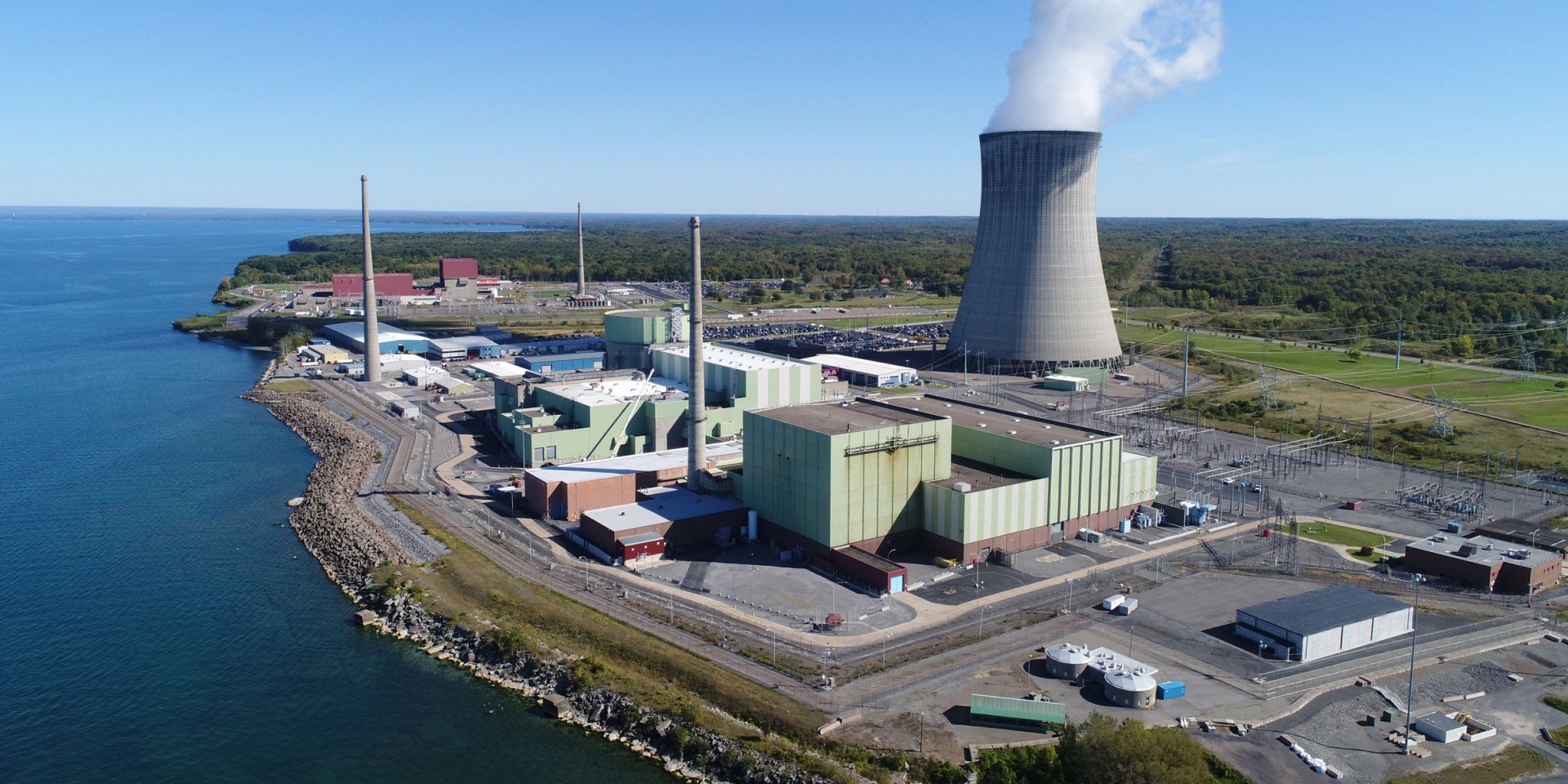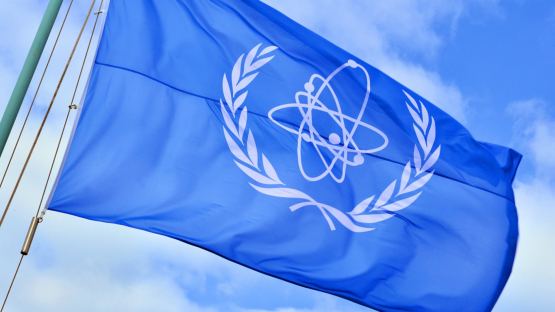The issue: The two billion tons of steel produced annually worldwide is responsible for more than 7 percent of carbon emissions. That number is expected to rise substantially in the coming years as the demand for steel increases due to growing transportation, construction, consumer appliances, and energy needs.
Meanwhile, about 95 percent of hydrogen production in the United States is powered by fossil fuels, according to the Department of Energy.
Hydrogen is produced using electrolysis, which separates hydrogen from the oxygen in water. The process can be done at low temperatures (less than 100°C) or at high temperatures (between 700°C and 800°C) with steam, which requires less electricity.
The solution? The International Atomic Energy Agency has been studying the use of nuclear for hydrogen energy production for several years. The process is expensive, but the price tag is getting easier to swallow as fossil fuel costs rise and global supply becomes less secure.
An IAEA study found nuclear production of hydrogen to be competitive once natural gas prices rise above $20 per million BTUs—which it currently is.
“Nuclear hydrogen production, with zero emissions, can really be a game-changer for the [steel] sector, as nuclear power has the potential to provide sufficient heat and electricity 24/7 to produce the required amount of hydrogen,” said Francesco Ganda, technical lead for nonelectric applications at the IAEA.
“This could help make huge strides in the clean energy transition.”

The clean hydrogen generation system at Nine Mile Point nuclear power plant in New York. (Photo: Constellation)
What’s next: According to Ganda, using high-temperature, gas-cooled reactors is a very cost-competitive model for hydrogen production, and HGTRs are gaining ground around the globe.
In the United States, the DOE helped fund a demonstration unit at Nine Mile Point nuclear power plant in Oswego, N.Y., which began hydrogen production in 2023. The hydrogen produced at the plant, owned by Constellation Energy, is being used on-site to help cool the nuclear plant, a process that previously required trucking in hydrogen produced using fossil fuels.
“This accomplishment tangibly demonstrates that our nation’s existing reactor fleet can produce clean hydrogen today,” said Kathryn Huff, the DOE’s assistant secretary for nuclear energy.
Hydrogen is also being produced at Davis-Besse nuclear power plant in Ohio and at Prairie Island in Minnesota.











